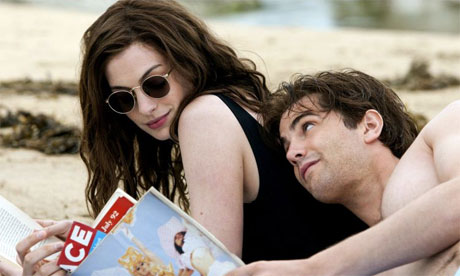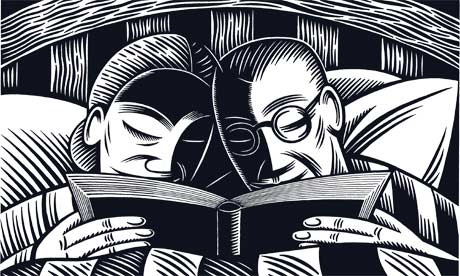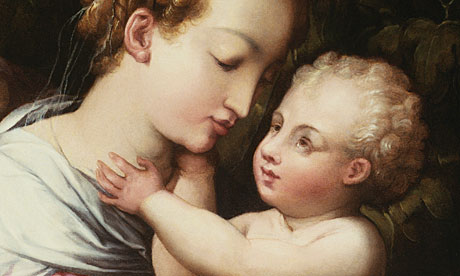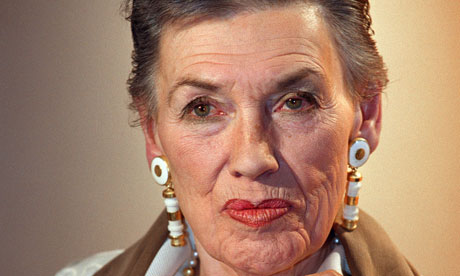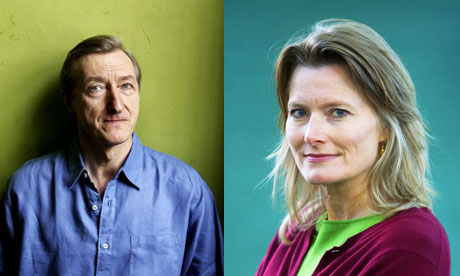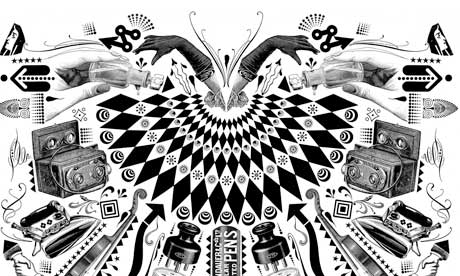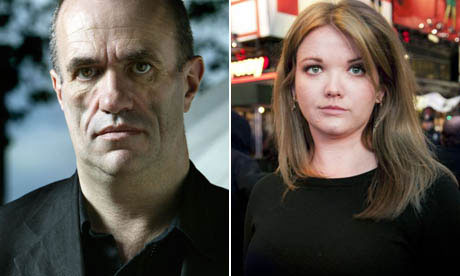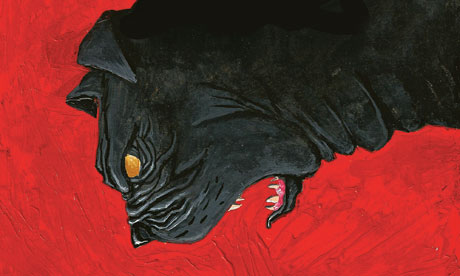Her novel The Bone People won the international Booker award in 1985.
Okarito, a former goldmining village on the coast near Franz Josef Glacier, has been her home since the early 1970s, when she won a Crown land ballot and built her own home in a unique octagonal design.
Writing in the Ngai Tahu magazine Te Karaka, the reclusive author said only a handful of people lived at Okarito when she arrived — a family of six, who left within two years, and “an alcoholic”.
She said she was leaving because she could no longer afford to live there, while also firing broadsides at the changing nature of the place.
“We have people who fly in, planes, helicopters, to their very ugly mcmansions,” she wrote.
“Little by little a lot has been eroded: most of the places (can’t call them homes) have been holiday places, in an area
where very few people take holidays.”
Local body rates demands made living there impossible, she said.
She still “loved the place and the birds” but the truly loving people of the place had gone away.
Okarito residents spoken to today would not be named, but were clearly affronted by the comments.
The article does not give a date for leaving, but says it will be “soon”.
Ms Hulme told the Greymouth Star today she planned to shift to Otago.
The bluff and lagoon at Okarito had “permeated her”, but it was time to move on.
Ms Hulme was born in Christchurch, the daughter of a carpenter and a credit manager, and the eldest of six children. She worked as a tobacco picker in Motueka after leaving school.
When she first arrived on the West Coast, she worked briefly as a postie in Greymouth and at one stage a proofreader for the Greymouth Star.
Her eagerly awaited twinned novels Bait and On the Shadow Side, on which she has been working for a number of years, are still in the pipeline.
The Bone People was not only New Zealand’s first Booker Prize, it was the first time a first novel had ever won.
It fell off the New Zealand bestseller list in January 1986 — not for lack of interest, but because the publishers had run out of copies. It has now sold more than a million copies and been translated into nine languages.
The Bone People was followed by a collection of poems, Lost Possessions, and a collection of short stories Te Kaihau: The Windeater.
She writes from the main room of her home, which overlooks the Tasman Sea.
Okarito Community Assoc-iation chairwoman Raewyn McLennan, who lives just up the road from the village’s most famous resident, said quite a few of the houses today were holiday homes, with a permanent population of about 35.
Located 20 minutes drive from Franz Josef Glacier to the south and Whataroa to the north, she said Okarito was made up of a “wide range of people from varied backgrounds”.
Westland District Council rates for a large section there — more than the traditional quarter acre — are generally under $1000 a year.
Mrs McLennan had heard that the author was planning to leave, and said they had been “quite privileged” to have her living in the community.
Footnote:
Photo above Don Scott - The Press.
Thanks to author
Joan Druett for bring this story to my notice.
 New Zealand-Wanaka-,McKay,Myer (Random House NZ)
New Zealand-Wanaka-,McKay,Myer (Random House NZ)











